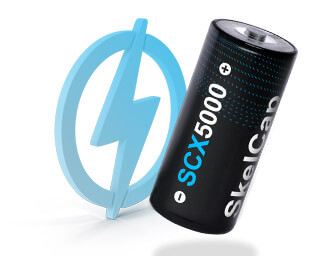
Ultracapacitor Bike and Student Projects - New Ways of Commuting
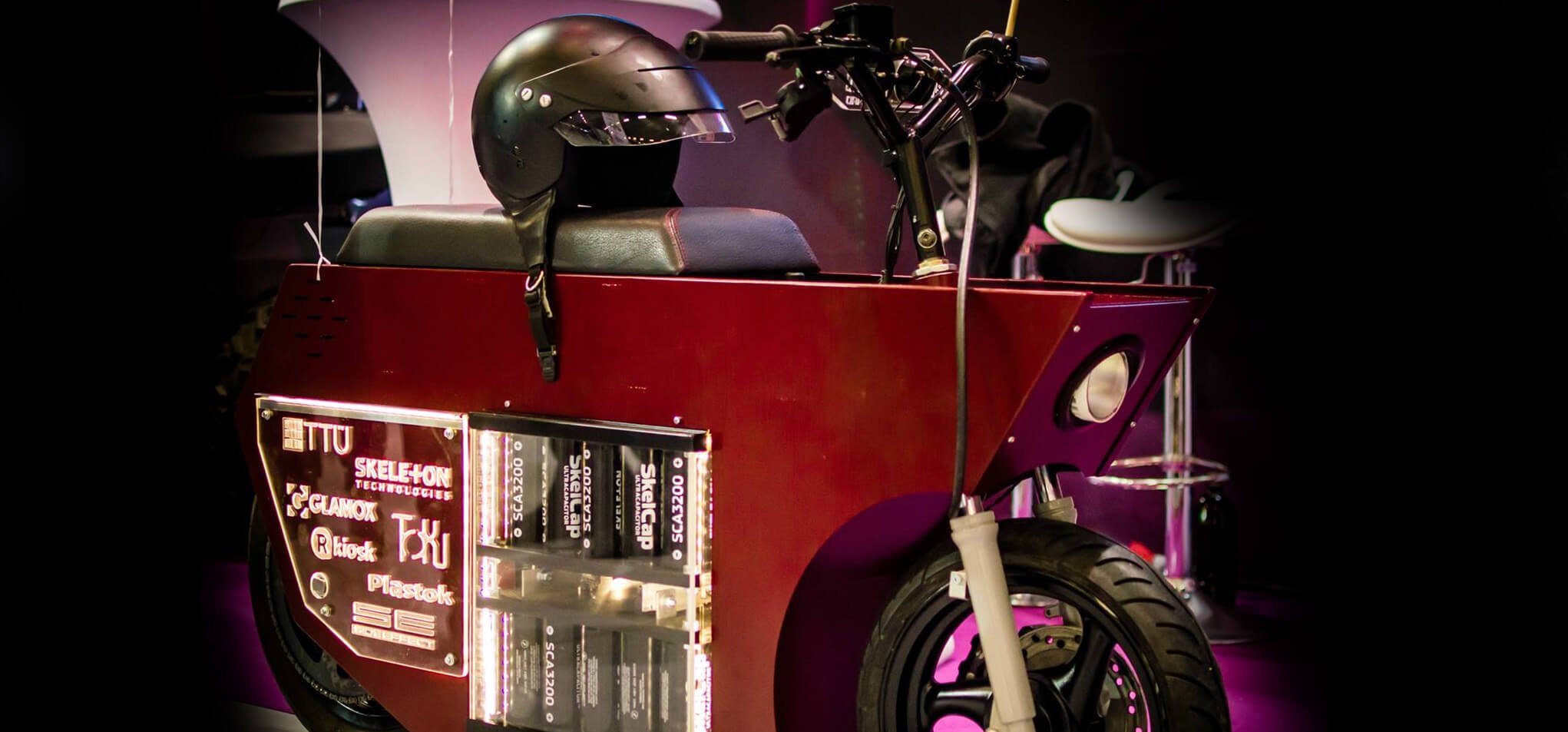
Revolutionary ideas often start in a garage, a shed, or at the pub, and things get going.
This one is a student project, and if you first look at it, as I did on Facebook looking at the CAD pictures, my first thought was “This does not look very practical, what will be its banking angle…”, and the next thought was “This bike will ride for a few hundred meters and then what?”
But then I went to the university to see other student presentations and I realized that this ultracapacitor bike could be the test bed for new approaches for using ultracapacitors, because it is totally outside the box. What this bike is highlighting is that there are untapped applications for ultracapacitors that need to be investigated.
According to the first tests, the 2-wheeled vehicle should be able to run for about 20 minutes. My one-way commute time is about 20 minutes. In fact, a lot of commute times within the EU are hovering around the 30-minute mark. Now, let's consider how we commute in general and what 20 minutes of commuting can provide.
Walking is the simplest, most natural way and it has the benefit of keeping you fit and healthy. At a strolling pace and without having to perspire, it is possible to walk 1-2 km in 20 minutes. Cycling will enable you to ride about 6 to 8 km in that time, but you risk having to get changed because the weather can totally drench you, or you will sweat too much when you get to your destination. Facilities need to be provided in order to ensure you get to work in a reasonable state. If there are no cycle lanes, it can be quite dangerous also.
You can of course drive, but your car will hardly get warm in that time, your engine will not run optimally, your average speed mixed with city traffic will ensure that your fuel consumption is at its highest. Also, you still have to find a place to park once you get to work.
Then there is public transportation, hailed as the fastest and greenest way to commute, bar walking and cycling. It has been assessed though, that public transport takes 30 to 40% more time than using your car, although this depends on traffic and topological factors. If it is off-road, for instance, a train, a dedicated chunk of tram line or a metro then you are lucky because not many cities are equipped with such luxury. You can also take the bus, but on some lines and at certain times, it is quicker to walk.
This is where all these new little electrical devices start making sense.
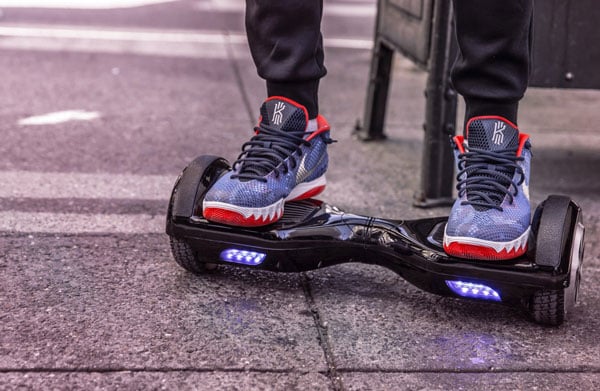
Hoverboards are usually powered by Li-Ion batteries, and in most cases, this is ideal as it allows for ranges that are about 10 to 15 km at a cruising speed of 10 km/h.
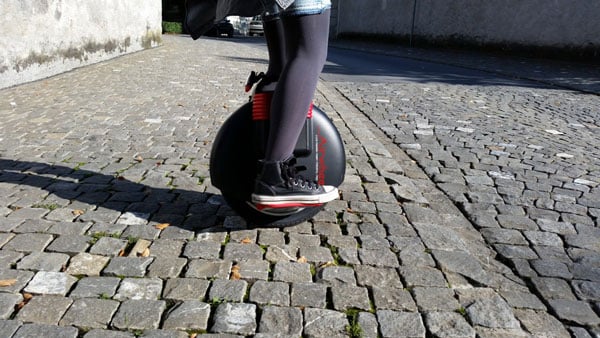
MonoWheels or unicycles are the proper "bad boys" of light electric vehicles as they can reach 30+ km/h and have a range of up to 50 (yes-FIFTY!) km.
There is a (small?) price to pay for this convenience, though - the charging time for the battery pack is between a minimum of 1 hour for the hoverboard and up to 5 hours for the highest spec unicycle. Li-Ion batteries have also been prone to catch fire, even if this is a lot rarer now than it was 5 years ago.
The big question is - do we really need this amount of range? The 75 kg ultracapacitor bike "
FAR-Rad" can be charged up in minutes and whilst this is still very much in the experimental phase, it could be the answer to a lot of commuting questions. The FAR-Rad will be tested during the spring of 2018, and if it can travel for 20 minutes at a gentle pace it may cover 5 or 6 kilometers, which is probably enough to cover a lot of intra-city commutes.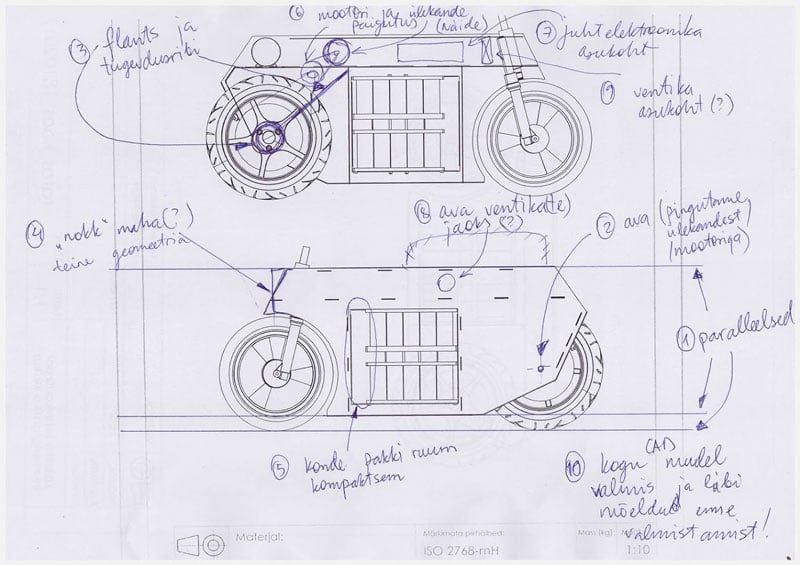
If there is a need for countryside use where longer journeys are required, perhaps a system of photo-voltaic ultracapacitor-based charging points along designated routes should also be trialed. The charging time would be reduced to the absolute minimum.
![]() Jaan Intar, Product Development Engineer, Engineering Lead of the FAR-Rad Project confided:
Jaan Intar, Product Development Engineer, Engineering Lead of the FAR-Rad Project confided:
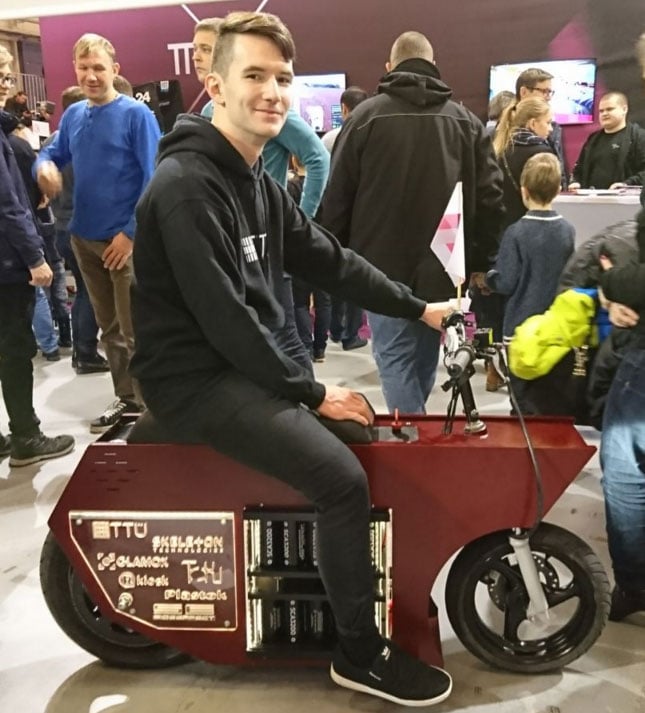
"Our bike consumed about 350W when riding in a hall. To charge the bike, we used a DC welder, 25V 100A and we charged it from up to 35 V max, which took about 1 minute (from half the voltage). The actual bike system voltage is 50 V."
"The system currently does not have a suitable motor controller (it burned down due to high current), so you can only ride around at full power – hence the reason we kept the working voltage much lower during Robotex. At a 50 V system voltage, we can assume the range would be 4-5 km at constant speed with maximum speed being 24 km/h."
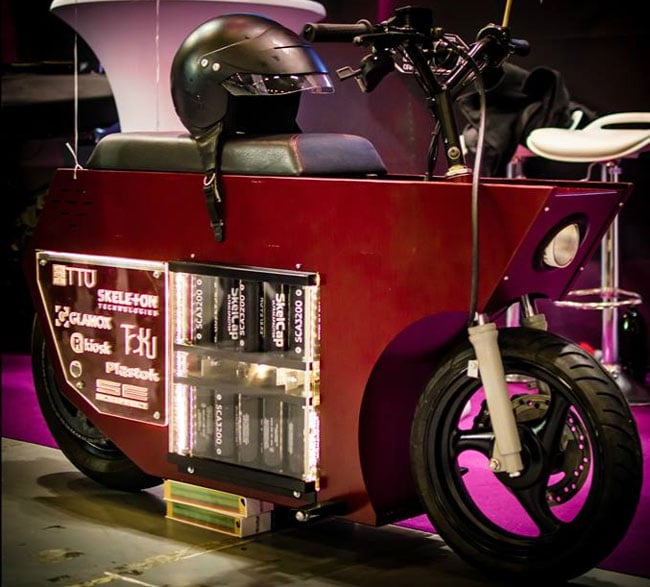
According to calculations, assuming the following:
- 50 volts in the system (although the module is rated 57 V 320 F)
- only 75% of the energy stored in the module is used (so the voltage drops to 25 V during operation, and thus - the top speed)
- a current of 6-8 amps is used to hold the constant speed.
At this configuration, the FAR-Rad bike has 300kJ (83.3 Wh) of usable (75% of total) energy. The module itself weighs 20 kg so the energy density is 4.15 Wh/kg, this is already very acceptable for ultracapacitors.
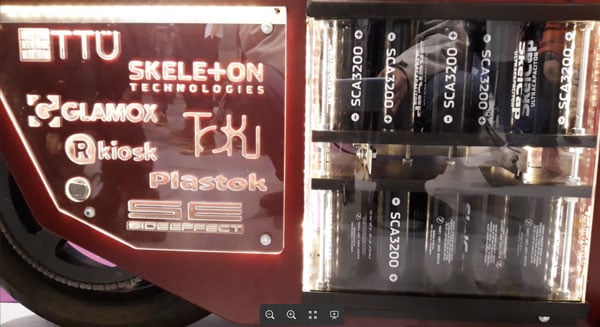
This means 14 minutes of riding at constant speed with power consumption of 350W. Taking 20 km/h average speed as a rough estimate this would mean 4-5 km range. This may not sound much but there are some large energy density increases in the pipeline for Skeleton ultracapacitors, which means these numbers will inevitably get higher.





